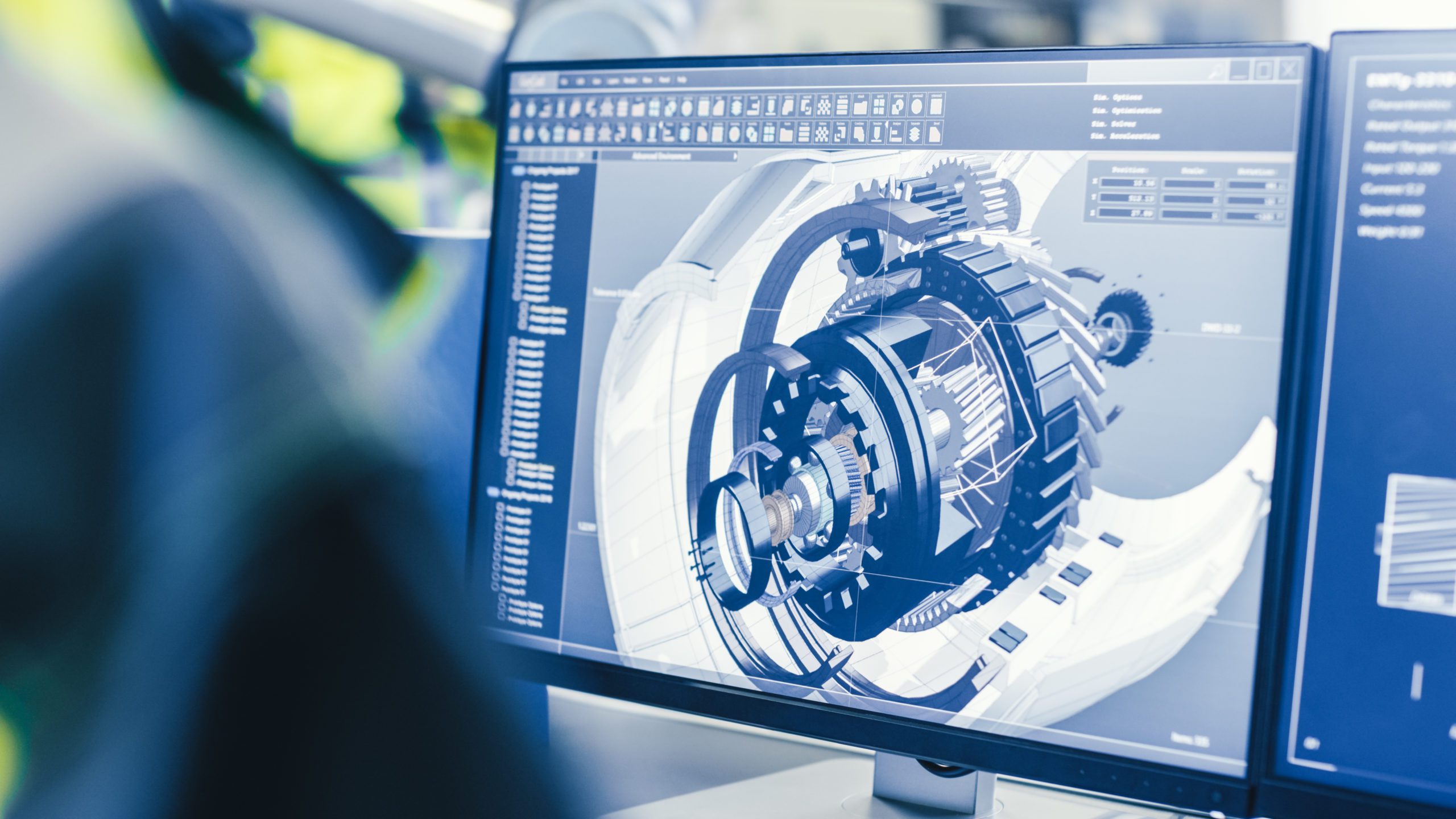
Visits: 1
Discover how the Industrial Internet of Things (IoT) is revolutionizing the manufacturing sector with the rise of Digital Twin technology. In this article, we explore the benefits of Digital Twin in manufacturing processes and its implementation. We’ll also discuss the future of Industrial IoT and Digital Twin in the manufacturing industry. Learn how this innovative technology can improve efficiency, reduce costs, and enhance overall performance. Stay ahead of the game and discover the potential of Digital Twin for your manufacturing business.
Introduction to Industrial IoT and Digital Twin Technology
In recent years, the manufacturing industry has undergone a significant transformation with the introduction of Industrial Internet of Things (IoT) and Digital Twin technology. The Industrial IoT refers to the integration of physical devices, sensors, and software systems that communicate with each other to collect and analyze data in real-time. On the other hand, Digital Twin technology is a virtual replica of a physical asset or system that enables manufacturers to simulate and optimize their operations.
The combination of these two technologies has revolutionized the manufacturing industry by providing unprecedented insights into production processes, allowing manufacturers to make informed decisions, reduce downtime, and improve overall efficiency. With the help of Industrial IoT and Digital Twin technology, manufacturers can monitor their equipment and processes remotely, predict maintenance needs, and optimize performance.
As the manufacturing industry continues to evolve, it is essential for manufacturers to stay up-to-date with the latest technological advancements. In this article, we will explore the benefits of Digital Twin technology in the manufacturing sector, its implementation in manufacturing processes, and the future of Industrial IoT and Digital Twin technology in the manufacturing industry.
Benefits of Digital Twin in Manufacturing Sector
Digital Twin technology offers a wide range of benefits for the manufacturing sector. One of the most significant advantages is that it enables manufacturers to create a virtual replica of their physical assets, including machines, equipment, and processes. This virtual model allows manufacturers to monitor and analyze data in real-time, which can help them identify potential issues before they occur.
Another benefit of Digital Twin technology is that it provides manufacturers with greater visibility into their operations. By creating a digital replica of their assets, manufacturers can gain insights into how these assets are performing and identify areas where improvements can be made. This increased visibility can lead to more efficient operations, reduced downtime, and improved product quality.
Digital Twin technology also enables manufacturers to simulate different scenarios and test new ideas without disrupting their existing operations. This capability can help manufacturers optimize their processes and improve their products without incurring significant costs or risks.
Overall, Digital Twin technology offers numerous benefits for the manufacturing sector, including improved efficiency, increased visibility, and greater flexibility. As this technology continues to evolve, it is likely that we will see even more innovative applications in the future.
Implementation of Digital Twin in Manufacturing Processes
The implementation of Digital Twin technology in the manufacturing sector is a complex process that requires careful planning and execution.
The first step is to create a virtual replica of the physical system, which involves gathering data from various sources such as sensors, machines, and other equipment. This data is then fed into a software platform that uses advanced algorithms to create a digital model of the system.
Once the digital twin is created, it can be used for a variety of purposes, including predictive maintenance, performance optimization, and process improvement. For example, manufacturers can use the digital twin to monitor the health of their equipment in real-time, identify potential issues before they occur, and take corrective action to prevent downtime and reduce costs.
Another key benefit of the digital twin is its ability to simulate different scenarios and test new ideas without disrupting the physical system. This allows manufacturers to experiment with new processes and technologies in a safe and controlled environment, reducing the risk of costly mistakes and downtime.
Implementing a digital twin requires a significant investment in both hardware and software, as well as specialized expertise in data analytics and machine learning. However, the benefits of this technology are clear, and many manufacturers are already seeing significant improvements in efficiency, productivity, and profitability as a result of their digital twin initiatives.
Overall, the implementation of Digital Twin technology in the manufacturing sector represents a major shift in the way we design, build, and operate industrial systems. By leveraging the power of data and analytics, manufacturers can gain unprecedented insights into their operations and make more informed decisions that drive business success.
Future of Industrial IoT and Digital Twin in Manufacturing Industry
As the Industrial IoT and Digital Twin technology continue to evolve, the future of manufacturing looks promising. With the help of these technologies, manufacturers can expect to see increased efficiency, reduced downtime, and improved product quality.
One potential application of the Industrial IoT and Digital Twin technology is predictive maintenance. By utilizing sensors and analytics, manufacturers can predict when a machine will require maintenance before it breaks down. This can save companies significant amounts of money by reducing unplanned downtime and preventing costly repairs.
Another area where the Industrial IoT and Digital Twin technology can make an impact is in supply chain management. By implementing real-time tracking and monitoring, manufacturers can gain greater visibility into their supply chains. This can lead to more efficient inventory management, reduced waste, and improved delivery times.
In addition, the Industrial IoT and Digital Twin technology can enable manufacturers to create more personalized products. By collecting data on individual customer preferences and behaviors, manufacturers can tailor products to meet specific needs and preferences. This can lead to increased customer satisfaction and loyalty.
Conclusion
Overall, the future of the Industrial IoT and Digital Twin technology in the manufacturing industry is bright. As these technologies continue to advance, manufacturers can expect to see increased productivity, improved quality, and greater flexibility.


%20(1).png)


